Infectious diseases pose significant challenges to public health. They manifest as illnesses caused by organisms such as bacteria, viruses, fungi, or parasites. Many of these organisms are benign or beneficial, but under certain conditions, they can cause disease.
The prevention of infectious diseases is multifaceted. It involves individual actions, public policy, and the development and use of vaccines. By understanding how these diseases are transmitted and the environmental factors that can increase infection rates, individuals and health organizations can better prepare and reduce the incidence of infections.
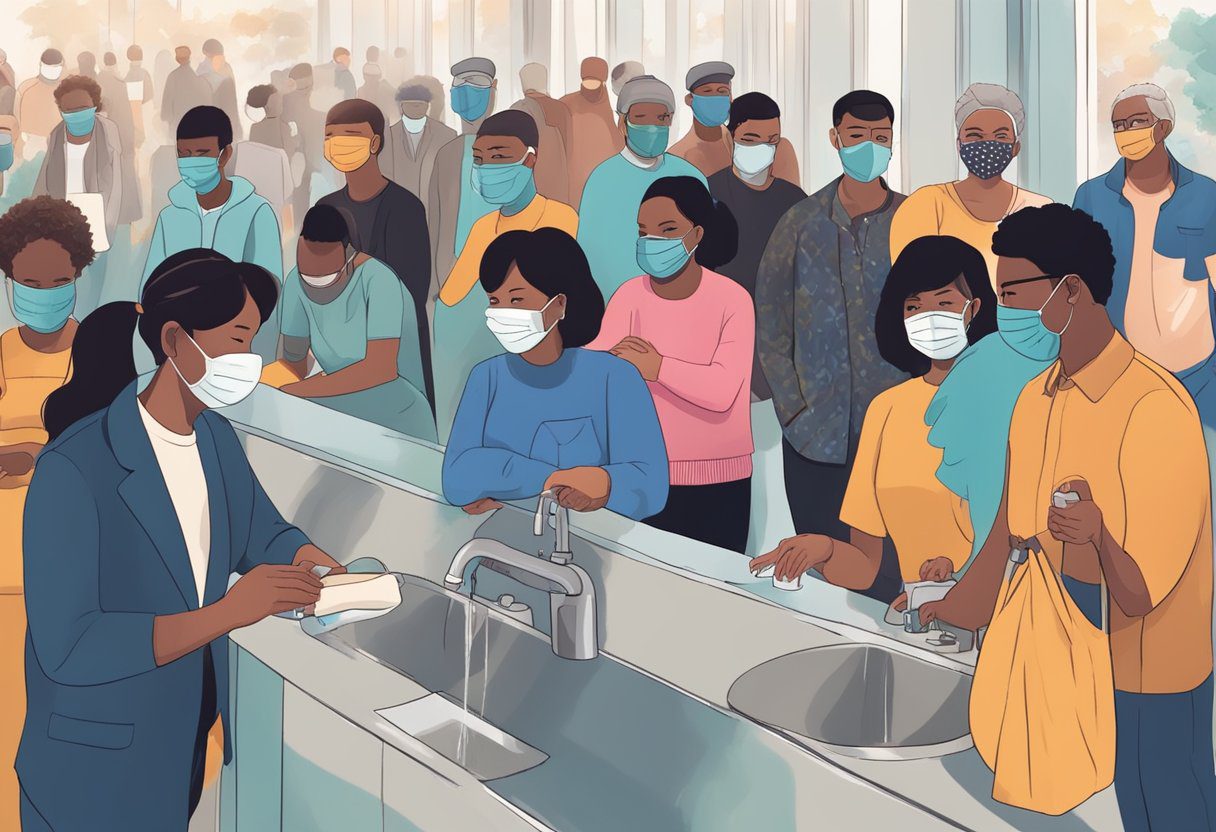
The role of the immune system is critical in preventing infectious diseases, as it is the body’s defense against these pathogens. Enhancing the immune response through vaccinations has become a cornerstone in combating infectious diseases.
Meanwhile, control measures to prevent the spread of infection include strategies such as proper hand hygiene, sanitation, and the use of personal protective equipment. Understanding these factors is key to devising effective methods of preventing infectious disease outbreaks, particularly within healthcare settings and during times of natural disasters.
Key Takeaways
- Preventing infectious diseases involves understanding pathogens and enhancing the immune response.
- Vaccination is a crucial preventive measure against infectious diseases.
- Infection control strategies include hygiene practices and the use of protective equipment.
Basics of Infectious Diseases
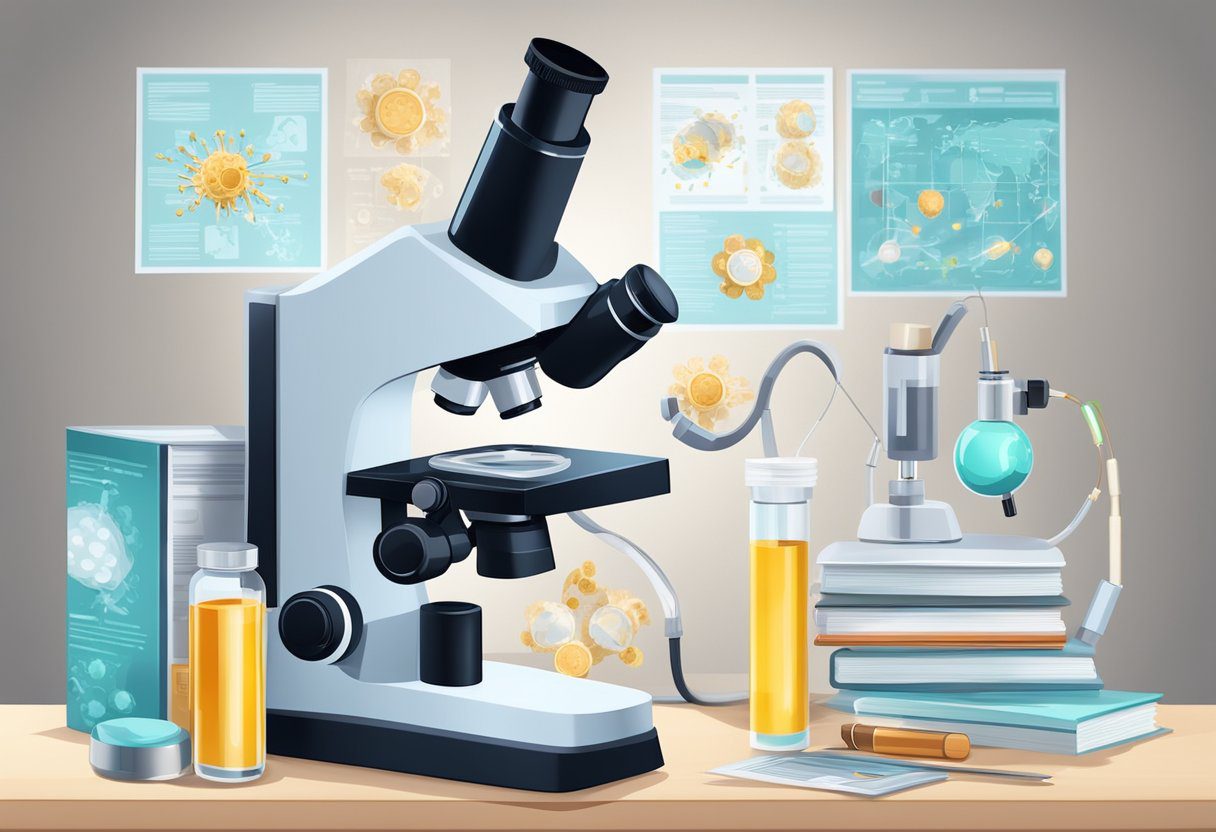
Understanding the fundamentals of infectious diseases is essential for prevention and control. This section will focus on the mechanisms of infection and the different types of pathogens responsible for diseases.
Pathogens and the Infection Process
Pathogens are microorganisms that cause disease in their host. An infection occurs when these germs, such as bacteria, viruses, fungi, or parasites, enter the body and start to multiply. The infection process typically begins when a pathogen breaches the host’s immune defenses through various portals of entry, including the respiratory tract, gastrointestinal system, or skin abrasions.
- Bacteria are single-celled organisms that can live independently and may cause diseases like tuberculosis.
- Viruses depend on the host’s cells to replicate and can lead to illnesses such as the flu.
- Fungi can infect skin, nails, or lungs, resulting in conditions like athlete’s foot.
- Parasites live on or in a host organism and may cause diseases such as malaria.
Types of Infectious Diseases
Infectious diseases are categorized based on the type of pathogen involved:
- Bacterial Infections: Caused by bacteria. An example is Streptococcus pneumoniae, which can cause pneumonia.
- Viral Infections: Result from viruses. The influenza virus causes seasonal flu.
- Fungal Infections: Often originate from fungi, such as Candida albicans, which can cause candidiasis.
- Parasitic Infections: Provoked by parasites like Plasmodium spp., the cause of malaria.
Each type of pathogen has distinct characteristics and methods of causing disease, which necessitates specific strategies for prevention and treatment.
Immune System and Infectious Diseases
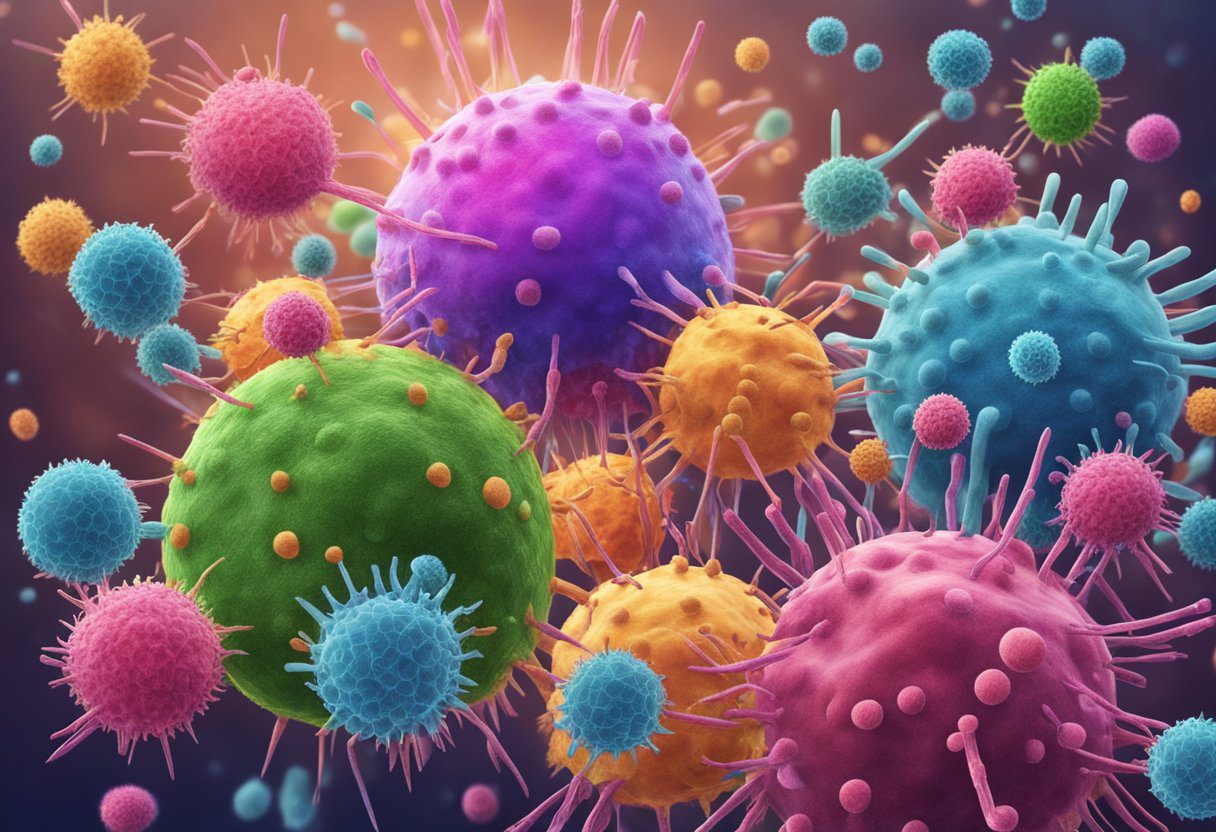
The immune system plays a crucial role in protecting the body against infectious diseases, with defense mechanisms tailored to neutralizing varied pathogens. Dysregulation in immune responses can lead to autoimmune disorders, complicating infections such as HIV and Hepatitis B.
Role of the Immune System
The immune system constitutes the body’s primary defense against infectious agents. It is composed of a network of cells, tissues, and organs that collaborate to detect and fight off pathogens like viruses and bacteria. Two central components are the innate and adaptive immune systems.
The innate immune system provides the first line of defense and responds to pathogens in a generic way. Physical barriers such as skin and mucous membranes, alongside chemical barriers like stomach acid, prevent the entry of pathogens.
On detection of an infection, innate immune cells like macrophages and neutrophils respond swiftly. Adaptive immunity, involving T-cells and B-cells, caters to pathogen-specific responses. For instance, the progression of HIV to AIDS is marked by a decline in CD4+ T cells, crucial for orchestrating the immune response against infections.
Additionally, vaccines stimulate the immune system to produce a memory of the pathogen, as seen with the Hepatitis B vaccine, which prompts the body to generate protective antibodies.
Autoimmune Responses to Infections
In some instances, the immune system may erroneously target the body’s own cells in response to an infection, resulting in autoimmune reactions. A prominent example includes the phenomenon where, during certain infections, the immune system triggers an excessive inflammatory response that can cause tissue damage.
In the case of HIV, the virus can induce autoimmune responses by mimicking host antigens, leading the immune system to attack both the virus and the body’s own cells.
Similarly, chronic Hepatitis B infection may be associated with autoimmune disease due to the immune system’s continuous effort to eradicate the virus, sometimes resulting in the destruction of liver tissue.
Transmission and Control

Understanding how infectious diseases spread and the measures to control them is fundamental to public health. It involves following guidelines from authoritative bodies such as the Centers for Disease Control and Prevention (CDC) and adhering to protocols like standard and transmission-based precautions.
Modes of Transmission
Infectious diseases can be transmitted through various pathways. Diseases such as MRSA (Methicillin-resistant Staphylococcus aureus) are often spread by direct contact with infected individuals or contaminated personal items.
Sexually transmitted infections require close intimate contact, thus emphasizing the importance to practice safe sex.
Respiratory illnesses are typically airborne and can necessitate both hand hygiene and robust ventilation systems to minimize their spread.
Certain pathogens can survive on surfaces or objects, creating fomites, which are inanimate objects capable of transmitting disease when handling is shared among individuals.
Infection Prevention Measures
Infection prevention is critical in controlling the spread of infectious diseases. Hand hygiene, a cornerstone of prevention, includes the simple act to wash your hands properly with soap and water or use an alcohol-based hand sanitizer.
Cleaning and disinfection of surfaces help reduce the risk from fomites. The CDC advocates for standard precautions for all patients and transmission-based precautions for specific pathogens when necessary. These may include the use of protective barriers like gloves or masks, and appropriate handling and disposal of medical waste.
Infectious Diseases and Environmental Factors

Environmental conditions significantly influence the emergence and spread of infectious diseases. Factors such as climate, wildlife ecosystems, and human-induced changes can all affect infection rates and the behavior of vectors like ticks that transmit disease from animals to humans.
Impact of Environment on Infection Rates
Climate Change: Shifts in climate patterns can lead to the expansion of vector habitats, which in turn increases infection rates of diseases they carry. For example, warmer temperatures can allow tick populations that spread Lyme disease to flourish in wider geographical areas.
Land Use: Human activities, such as deforestation and urbanization, can disrupt natural barriers between wildlife and human populations. This disruption can result in higher exposure to zoonotic diseases as people and animals come into closer contact, potentially leading to new outbreaks.
Zoonotic Diseases and Vectors
Disease Vectors: Vectors are organisms that transmit pathogens to a host. Ticks are a prime example, known for their role in the transmission of diseases such as Lyme disease and Rocky Mountain spotted fever to humans.
Zoonotic Disease Emergence: Zoonotic diseases originate in animals and can be transferred to humans. Factors influencing their spread include the health and density of animal hosts, ecological dynamics that determine the presence of vectors, and the interaction between wildlife and humans. The impact of global environmental changes on infectious disease emergence is a growing concern for public health, necessitating new strategies for surveillance and control.
Vaccination and Disease Prevention
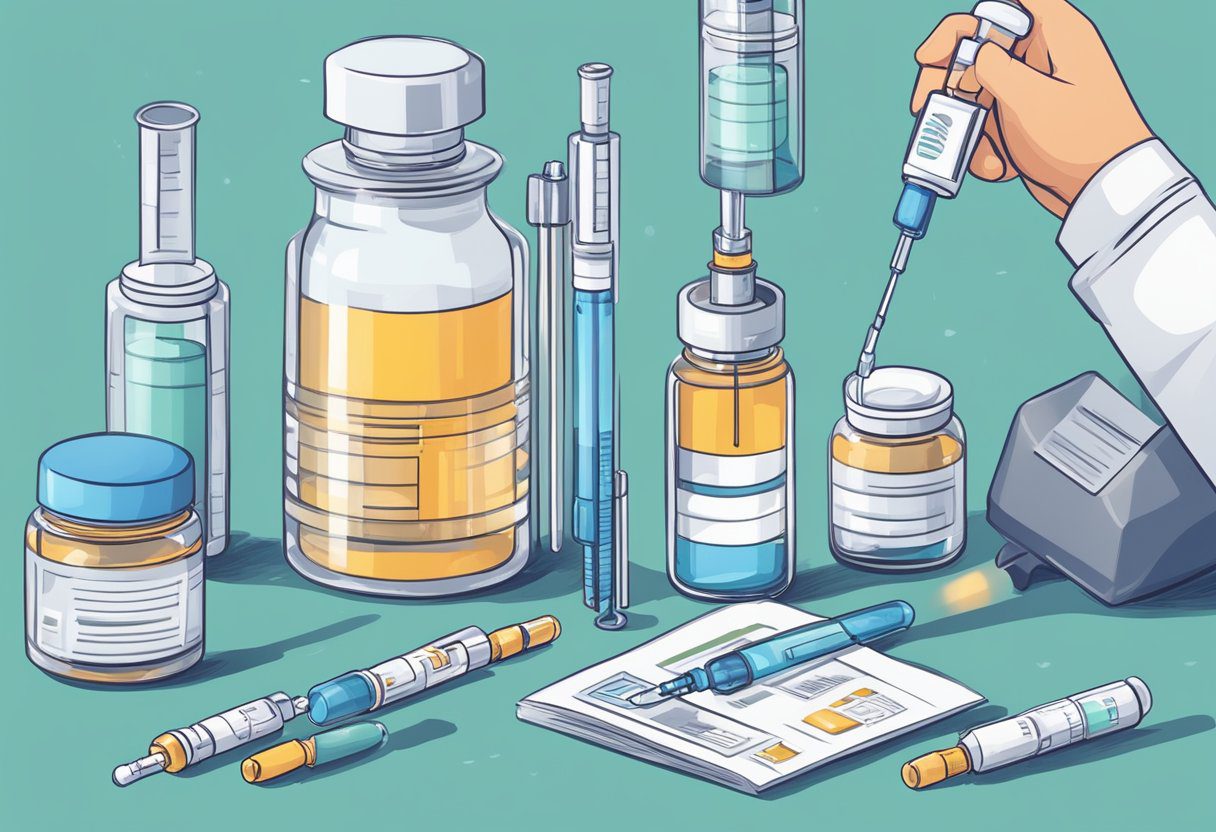
Vaccinations are indispensable tools in the fight against infectious diseases, employing strategies to reduce the incidence of conditions ranging from influenza to hepatitis C.
Vaccination Strategies
Public and Individual Approaches: Combining public vaccination programs and individual protective measures forms a robust defense against infectious diseases. The effectiveness of these programs is seen in the control and prevention of diseases on a wide scale.
Lifecycle Approach: The concept of lifelong vaccination considers changes in susceptibility to vaccine-preventable diseases over a person’s lifespan and underlines the need for ongoing immunization strategies.
Vaccine-Preventable Diseases
- Influenza Virus: Annual flu vaccines are critical for preventing the widespread impact of the influenza virus, especially among high-risk populations.
- Human Papillomavirus (HPV): HPV vaccines effectively protect against the types of HPV most likely to cause cervical cancer and are best administered before individuals become sexually active.
- Hepatitis C: While no vaccine currently exists for hepatitis C, efforts are ongoing to develop a vaccine that could drastically reduce new infections.
- Dengue Virus: Dengue fever vaccines are becoming increasingly important in endemic regions, aiming to lower incidences of the virus.
- Malaria: Malaria prevention includes the use of vaccines in conjunction with other strategies like mosquito control and prophylaxis for travelers.
- COVID-19: The rapid development of COVID-19 vaccines has been pivotal in controlling the pandemic and continues to adapt to new variants.
By employing targeted vaccination strategies against specific diseases, public health efforts can significantly reduce the burden of infectious diseases and safeguard community health.
Disease Outbreaks and Public Health
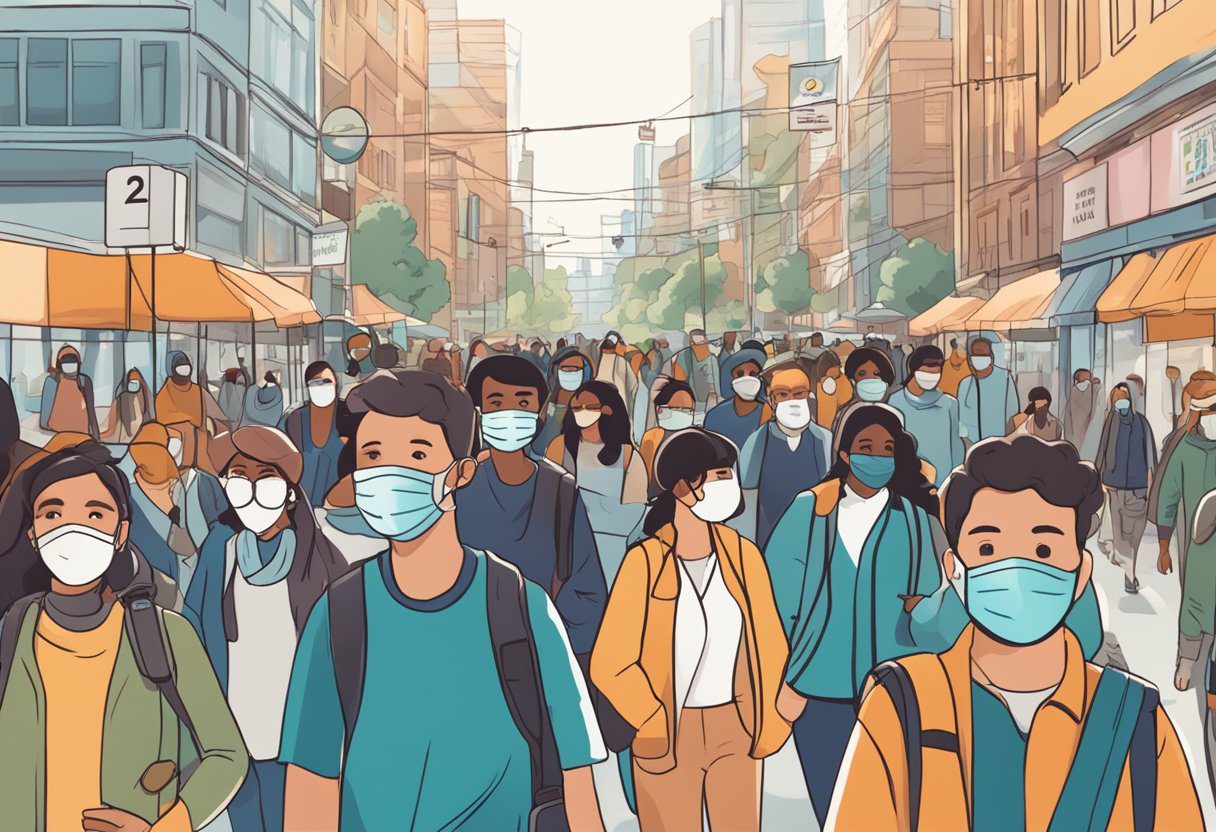
Disease outbreaks can place significant strain on public health systems, necessitating swift and effective responses to prevent the spread of infectious diseases. The management of these incidents and the initiatives put in place by public health agencies are crucial in safeguarding community health.
Managing Outbreaks
When an outbreak occurs, it triggers the public health community into action. Epidemiologists work quickly to identify the causative agents and modes of transmission. They use a range of tools and methods to track the spread of diseases, analyze data, and develop containment strategies. For example, during the Ebola outbreak, strict quarantine measures and contact tracing were crucial in slowing the spread of the virus. Collaboration between local and global health organizations is essential for a coordinated response.
Public Health Initiatives
Public health initiatives play a key role in the prevention and control of emerging infectious diseases. These initiatives often include vaccination programs, education campaigns, and the improvement of healthcare infrastructure. Preventative measures also involve strategic planning to enhance epidemic surveillance systems for early detection and a timely public health response. Such initiatives have led to successful containment and prevention, as seen in the measures taken against the spread of diseases like measles and influenza.
Diagnosis and Treatment of Infections
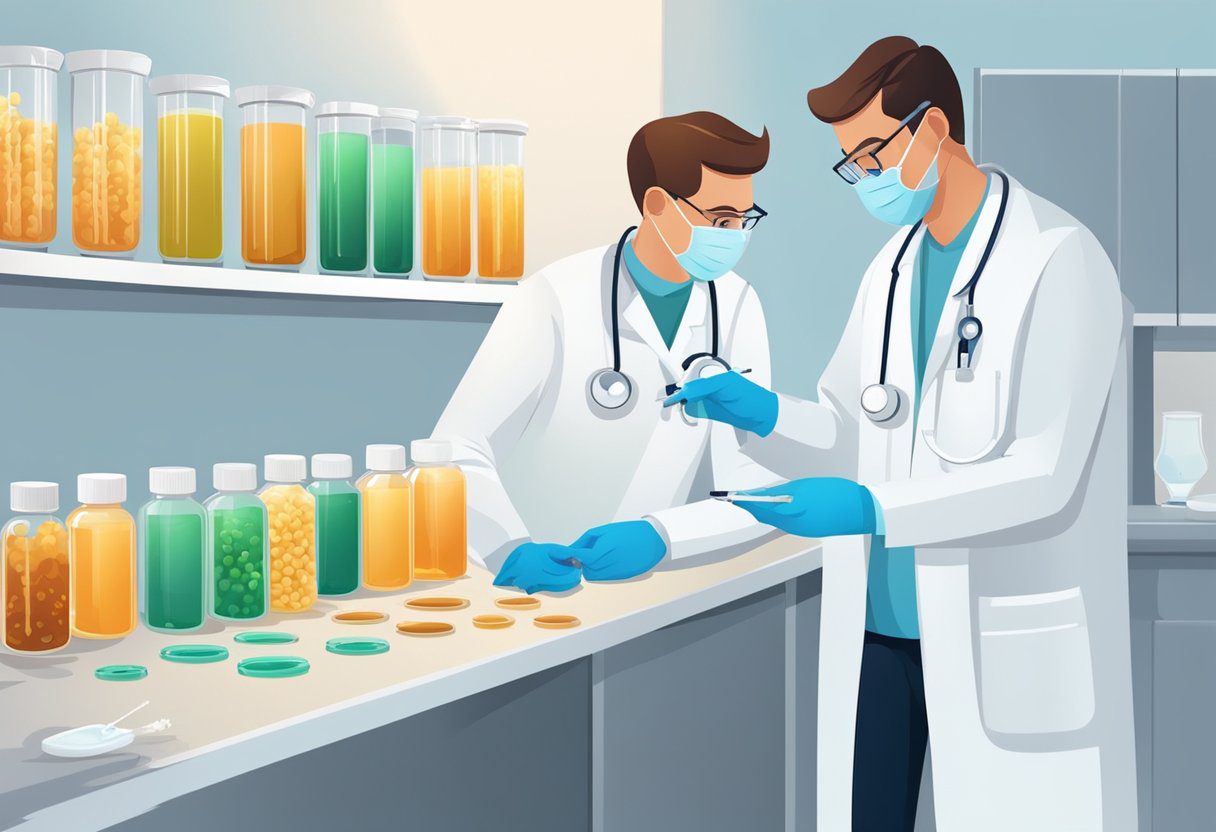
Accurate diagnosis and effective treatment are critical in managing infectious diseases. This section details the process of identifying signs and symptoms, as well as the various approaches to treatment.
Identifying Signs and Symptoms
The onset of fever, coughing, and diarrhea are often the initial indicators of an infection. Health professionals look for these core signs and symptoms to detect infections early. For example:
- Fever: A telltale sign that the body is fighting an infection.
- Coughing: Often associated with respiratory infections, it can also indicate other types of infections.
- Diarrhea: Can result from foodborne illnesses, emphasizing the importance of food safety.
Another critical aspect is the recognition of sepsis, a potentially life-threatening condition that arises when the body’s response to infection causes injury to its tissues and organs.
Approaches to Treatment
Once diagnosis is made, treatment follows. Here’s an outline of commonly used approaches:
- Antibiotics: Used for treating bacterial infections, such as MRSA.
- Supportive care: Includes hydration and managing fever to keep the patient comfortable.
- Preventive measures: Hand hygiene and vaccinations are key in staying healthy and preventing the spread of infections.
For certain conditions, such as those treated at the Mayo Clinic, a multidisciplinary approach may be necessary to handle complications and coordinate care.
Infection Control in Healthcare Settings

The meticulous implementation of infection control protocols is essential to mitigate the incidence of hospital-acquired infections (HAIs) and combat resistant organisms like MRSA.
Hospital-Acquired Infections
Hospital-acquired infections are infections that patients contract while receiving treatment for other conditions within a healthcare setting. These infections can be caused by a variety of pathogens, including methicillin-resistant Staphylococcus aureus (MRSA), which is known for its resistance to multiple antibiotics. Resources for monitoring and managing HAIs are crucial, as they contribute to patient outcomes and healthcare costs.
Infection Control Protocols
Infection control protocols in healthcare settings are comprehensive strategies that involve:
- The utilization of personal protective equipment (PPE)
- Adherence to hand hygiene
- Environmental cleaning
- Proper sterilization of medical equipment
- Surveillance systems to detect and prevent infection spread
Healthcare personnel play a key role in implementing these protocols and require ongoing training to stay informed about the latest practices. The allocation of adequate resources is also imperative to support the infrastructure necessary for effective infection control.
Global Impacts and Measures
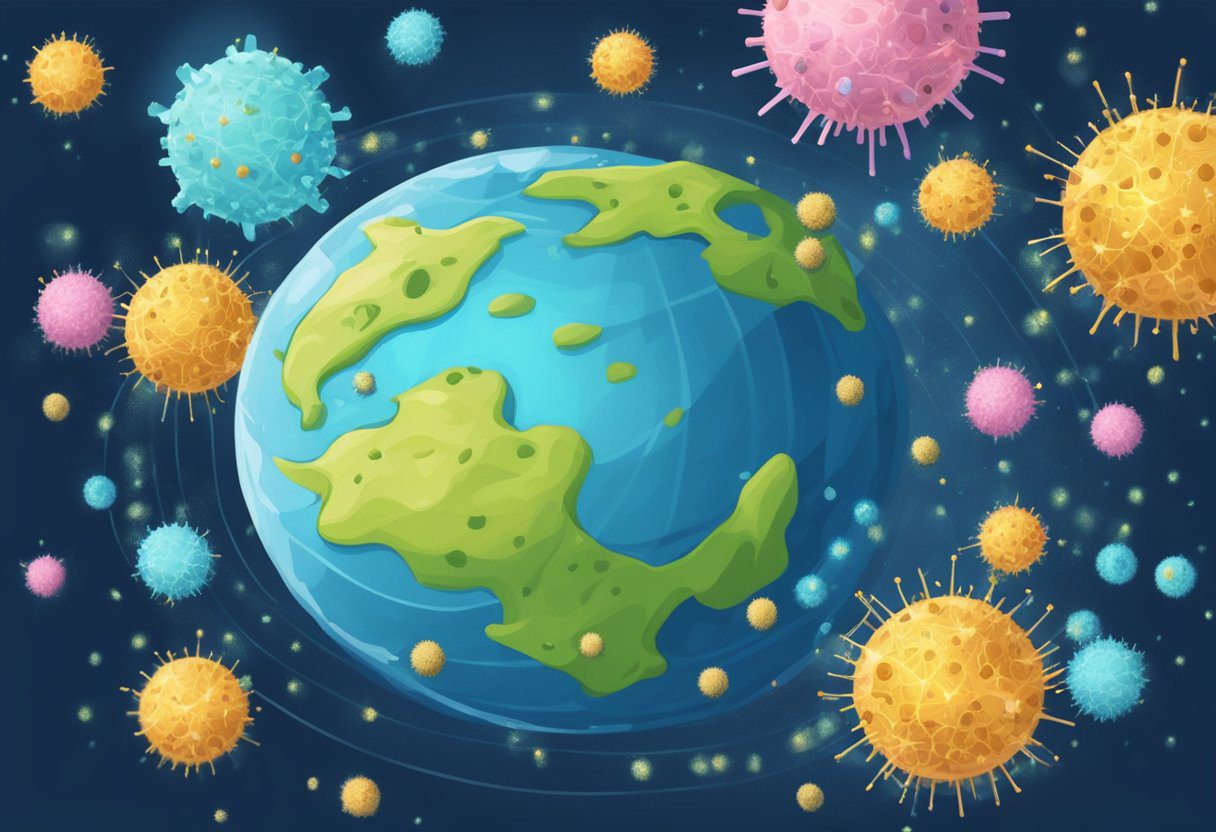
The global landscape is continuously altered by the ripple effects of infectious diseases, where economy and policy intertwine to shape public health initiatives. The success of these measures hinges on effective infection prevention and control strategies that target diseases like AIDS, hepatitis B, cervical cancer, and malaria.
Economic and Social Effects of Infections
Infectious diseases exert profound economic stress, leading to financial loss due to diminished productivity and increased healthcare costs. The social implications are vast, with infections like AIDS and hepatitis B contributing significantly to mortality rates. It’s estimated that each year malaria causes over 200 million cases, leading to substantial economic and human loss, especially in sub-Saharan Africa.
- Infection Prevention: Key in mitigating these effects, incorporating strategies like vaccination which has historically reduced the incidence of diseases like hepatitis B and cervical cancer.
- Public Health: Strong public health infrastructures are essential in managing and preventing outbreaks, thus minimizing both the economic and social burden of infectious diseases.
International Health Regulations and Policies
The International Health Regulations (IHR), established by the World Health Organization (WHO), are legal instruments designed to ensure a collective and effective international response to the spread of infectious diseases. Compliance with these regulations facilitates global health security by:
- Strengthening global surveillance systems
- Ensuring capacity-building in resource-limited settings
Public health policies must be adaptable, backed by research and evidence-based practice, particularly in the realm of infection control. For instance, international guidelines on AIDS prevention have experienced shifts due to emerging research and drug development.
Frequently Asked Questions

This section addresses common queries related to evidence-based approaches for the prevention of infectious diseases.
What are the most effective strategies for preventing the spread of infectious diseases?
Preventing the spread of infectious diseases involves a multifaceted approach including vaccination, proper hand hygiene, safe food handling practices, and control measures in public settings. Strategic planning and community education play crucial roles in controlling disease proliferation.
How can vaccinations contribute to infection control and prevention?
Vaccinations are a cornerstone in infectious disease control, as they directly boost immunity against specific pathogens. They reduce the incidence of disease, limit community spread, and contribute to herd immunity.
What role does hand hygiene play in preventing infectious diseases?
Hand hygiene is a simple yet critical practice for preventing the transmission of infectious agents. Regular and thorough hand washing with soap removes pathogens that can be acquired by touching contaminated surfaces or direct contact with infected individuals.
How can we minimize the risk of disease transmission in early childhood education settings?
In early childhood education environments, consistent sanitation of surfaces, encouraging respiratory etiquette, and implementing sick policies reduce transmission risks. Vaccination for both children and staff is also integral to maintaining a healthy setting.
What are essential practices for the safe handling and preparation of food to prevent disease?
Key practices for food safety include thoroughly cooking meats, avoiding cross-contamination, practicing good personal hygiene, and properly washing fruits and vegetables. These actions help prevent foodborne illnesses caused by bacteria, viruses, and parasites.
What is the significance of primary prevention measures in controlling infectious diseases?
Primary prevention measures are vital. They aim to prevent diseases from occurring rather than treating them after they manifest, therefore reducing the overall burden of infectious diseases.